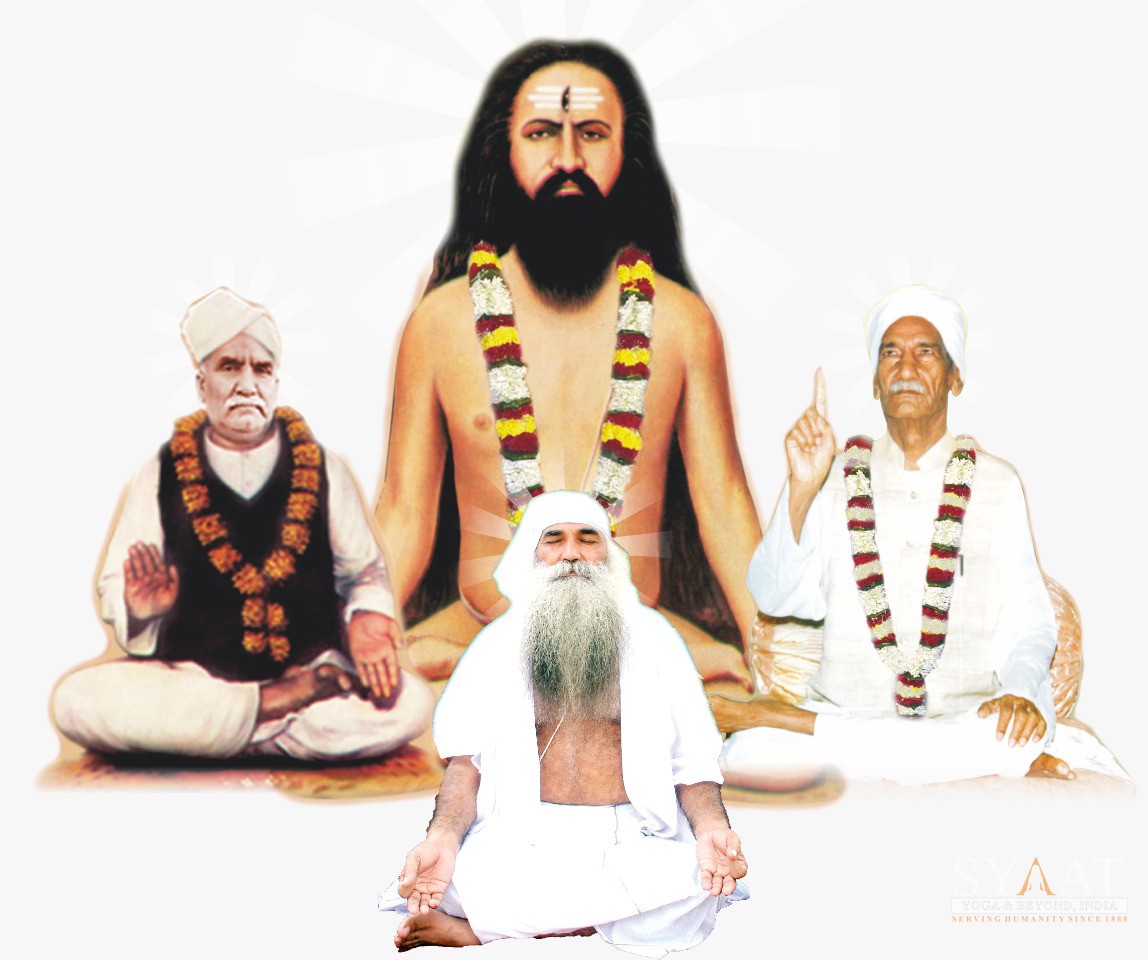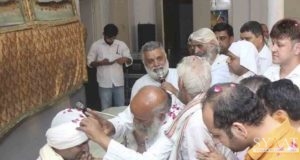Apposite Relaxation
Long before the invention of cars, planes, telephones, computers, freeways and other modern triggers of stress, the Rishis (sages or seers) and Yogis of yore devised very powerful techniques of deep relaxation. As a matter of fact, many modern stress-management and relaxation methods borrow heavily from this tradition. By relaxing deeply all the muscles the Yogi can thoroughly rejuvenate his nervous system and attain a deep sense of inner peace.
When the body and the mind are constantly overworked, their natural efficiency to perform work diminishes. Modern social life, food, work and even the so-called entertainment, such as disco dancing, make it difficult for modern people to relax. Many have even forgotten that rest and relaxation are nature’s way of recharging. Even while trying to rest, the average person expends a lot of physical and mental energy through tension. Much of the body’s energy is wasted uselessly.
More of our energy is spent in keeping the muscles in continual readiness for work than in the actual useful work done. In order to regulate and balance the work of the body and mind, it is best to learn to economize the energy produced by our body. This may be done by learning to relax.
It may be remembered that in the course of one day, our body usually produce all the substances and energy necessary for the next day. But it often happens that all these substances and energy may be consumed within a few minutes by bad moods, anger, injury or intense irritation. The process of eruption and repression of violent emotions often grows into a regular habit. The result is disastrous, not only for the body, but also for the mind.
During complete relaxation, there is practically no energy or “Prana” being consumed, althouth a little is keeping the body in normal condition while the remaining portion is being stored and conserved.
In order to achieve perfect relaxation, three methods are used by yogis: “Physical”, “Mental”, and “Spiritual” relaxation. Relaxation is not complete until the person reaches that stage of spiritual relaxation, which only advanced spiritual aspirants know.
1 – PHYSICAL RELAXATION
We know that every action is the result of thought. Thoughts take form in action, the body reaching to the thought. Just as the mind may send a messeage to the muscels ordering them to contract, the mind may also send another message to bring the relaxation to the tired muscles.
Physical relaxation first begins with the toes and then moves upward. The autosuggestion pases through the muscles and reaches the eyes and ears at the top. Then, slowly, messages are sent to the kidneys, liver and the other internal organs. This relaxation position is known as Savasana, or the Corpse Pose. For further reading, please see chapter 6 of the Complete Illustrated Book of Yoga by Swami Surender Dev Ji Maharaj .
2 – MENTAL RELAXATION
When experiencing mental tension, it is advisable to breathe slowly and rhythmically for a few minutes. Soon the mind will become calm. You may experience a kind of floating sensation.
3 – SPIRITUAL RELAXATION
However one may try to relax the mind, all tensions and worries cannot be completely removed until one reaches spiritual relaxation.
As long as a person identifies with the body and the mind, there will be worries, sorrows, anxieties, fear and anger. These emotions, in turn bring tension. Yogis know that unless a person can withdraw from the body/mind idea and separate himself from the ego-consciousness, there is no way of obtaining complete relaxation.
The yogi identifies himself with the all pervading, all-powerful, all-peaceful and joyful self, or pure consciousness within. He knows that the source of all power, knowledge, peace and strength is in the self, not in the body. We tune to this by asserting the real nature, that is “I am that pure consciousness or self”. This identification with the self completes the process of relaxation.










